Samaaro + Your CRM: Zero Integration Fee for Annual Sign-Ups Until 30 June, 2025
- 00Days
- 00Hrs
- 00Min
Online exhibitions are a great way to build brand awareness, tap into new markets around the globe, generate leads and accelerate the sales cycle. However, organizing a virtual or a hybrid exhibition comes with its own sets of challenges. For one, audience engagement in virtual events has been a major cause of concern for event organizers. Secondly, adding value to sponsors and exhibitors is another worry. For hybrid events, offering the same experience to both in-person and remote attendees requires meticulous planning.
But if that puts a big question mark over your next virtual exhibition, let us clear the air. With the right virtual events platform and a sound strategy, it is possible to host a memorable event and maximize the event ROI. In this article we offer 5 tips to host a great virtual & hybrid exhibition that are sure to leave your stakeholders with the most amazing experiences ever.

Without a clear vision of what you seek to achieve through this virtual exhibition, it will be nothing less than a shot in the dark. Setting the agenda of the event and identifying the KPIs you want to track, count as the primary and most important step for hosting a great virtual exhibition.
Whether the event is aimed at generating leads, getting better revenues, conducting product launches, expanding networking or imparting information among the clients, outlining the objectives of your virtual event can help you make informed and accurate decisions for effectively planning the online event and making it a success.
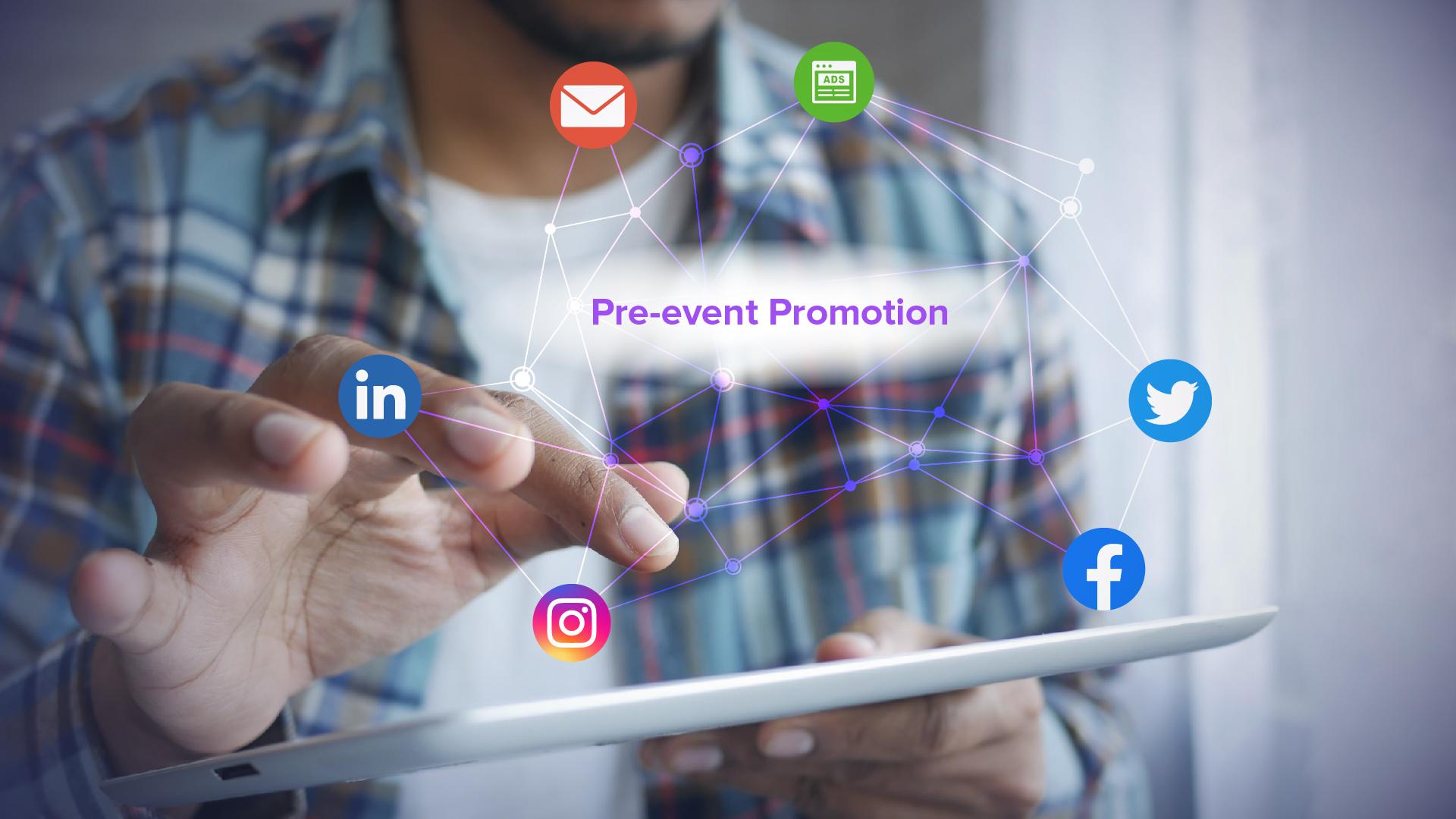
You’ve done your research, you know the demographics of the people you want to target. You have planned the content catered to your target audience. But now the question is how to spread the word? How to reach out to the maximum number of people? Here are a few simple yet highly effective tips-
You know the value of keywords in ranking your website on top and reaching the target audience. In a similar vein, include relevant keywords in your content to maximize your event’s reach. Utilize online keyword finding tools such as Google Keyword Planner, Ahref, Semrush to find the keywords.
Spread the word about your upcoming event via emails. Send emails with announcements, speakers lineup, exhibitors and sponsors. Offer a sneak-peek of what’s to come to build curiosity.
81% of virtual event organizers now use social media channels to drive registrations. Here are some useful tips to promote your event on social media-
Rope in at least a couple of renowned faces and domain experts for the event to talk about the industry. Influencers bring with them a personal brand image that really helps bring more audience and the right sponsors for the event.
Also Read: Sponsorship and How to Monetize Virtual Events

The virtual event experience relies heavily on the platform you choose. How so? Let’s look at it from three perspectives-
Interactive features such as live reactions, polls, quizzes, and Q&A can help engage the audiences. Additionally, sending push notifications will immediately grab the audiences’ attention.
Networking is one of the most important reasons for attendees to join any business event. So, while choosing the platform check if the platform offers enough scope for networking.
Does the platform allow the option for a one-one chat? Can attendees get on a one-one audio/video call with each other? These are the questions you should ask before choosing the right platform.
More advanced virtual exhibition platforms offer AI matchmaking to speed up the process. Upon entering the required information, attendees will automatically get a list of potential matches.
How much value your sponsors and exhibitors can derive from the virtual exhibition depends on how much scope they have to build brand awareness, showcase their products and connect with prospective clients.
Does your platform’s virtual lobby have enough space for sponsors’ banners, clickable ads and video ads? If yes, place the most valuable sponsors’ banners in the front to increase their brand visibility and drive more people to their booths.
A product gallery is indispensable to showcase product demos. Additionally, a dedicated e-resource center allows exhibitors to add more product-related information.
Moreover, there should also be a direct communication channel available for the visitors and booth representatives. A meeting scheduler allows interested clients to book meetings with brand representatives.
Data analytics is a crucial aspect you, as an organizer, should pay attention to. The virtual events platform must have an in-built analytics dashboard, that showcases not just the numbers, but also the heatmap, interaction points, how much time was spent on the platform, and which content received more traction.
Armed with the vast amount of detailed data, you’ll be able to understand attendee preferences and make prudent business decisions in the future.
Also Read: Five Features of a Virtual Exhibition Platform
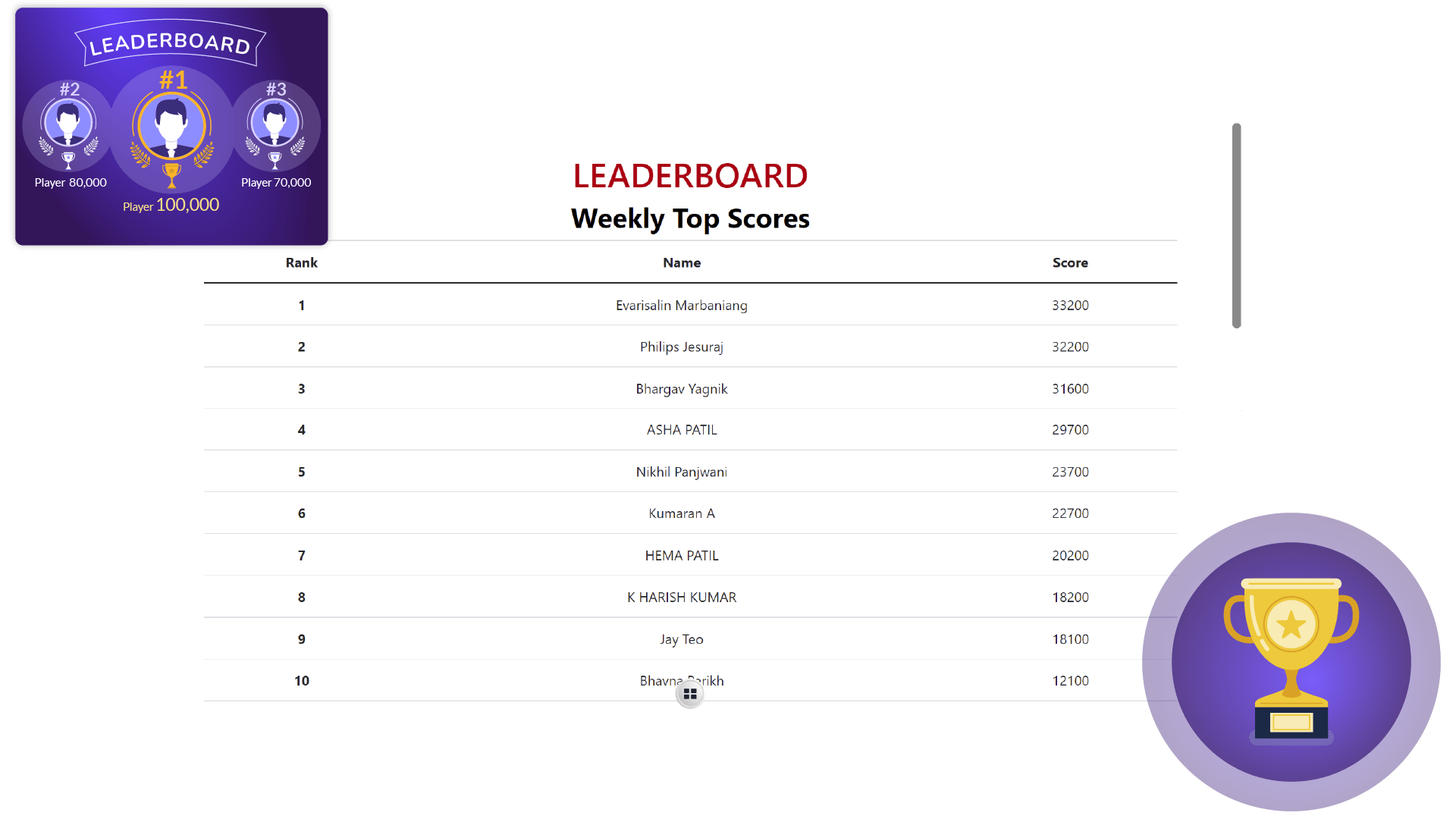
It’s not just about the interactive and engaging features of the virtual exhibition, but incentivising the audience to attend in the event, in exchange for discounts and coupons, counts for a great marketing strategy.
This can greatly benefit the host organization and boost the attendee participation. Attendees are required to fulfill certain criteria (participating in polls, booking meetings, making connections etc.) to be eligible for rewards.
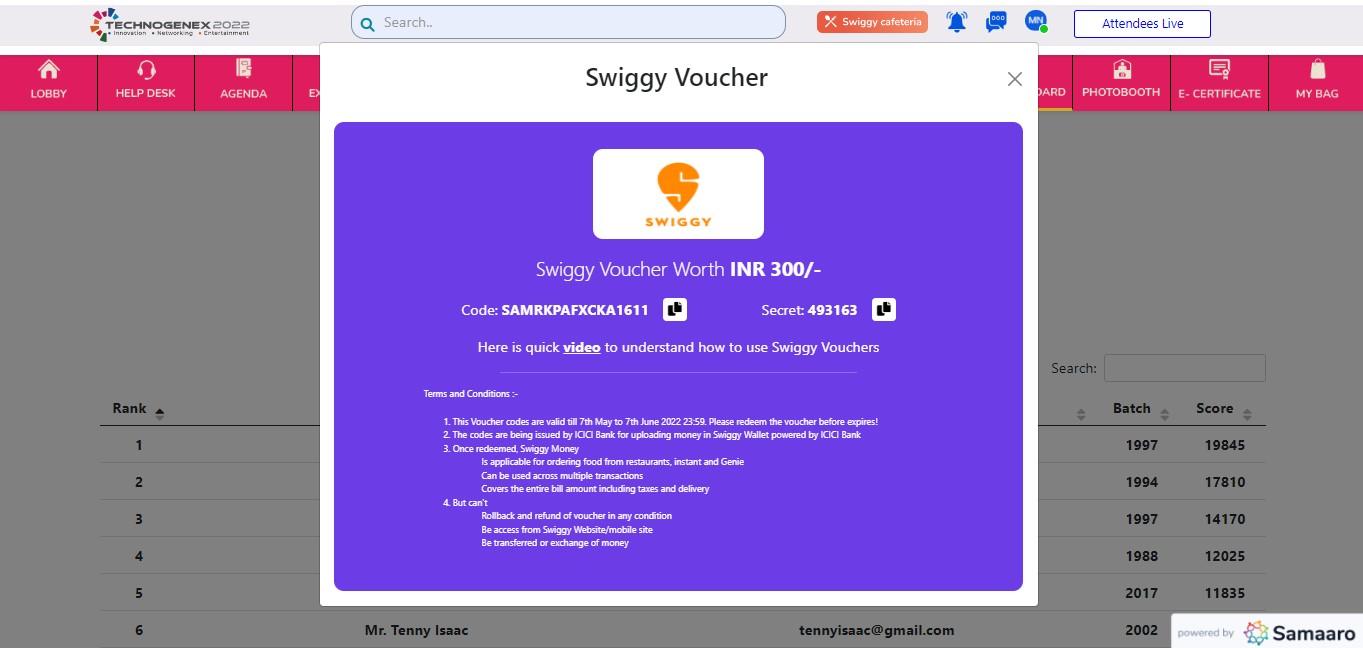
Names and points of the top-scorers will be displayed on the attendee leaderboard. To spice it up, you can also add a points threshold. The first ‘n’ number of users reaching there will be rewarded with exciting gifts. At Samaaro, you can offer Swiggy coupons and vouchers as rewards to the highest scorers.
Check out how CETAA used gifts and rewards to ramp up audience participation in their event.
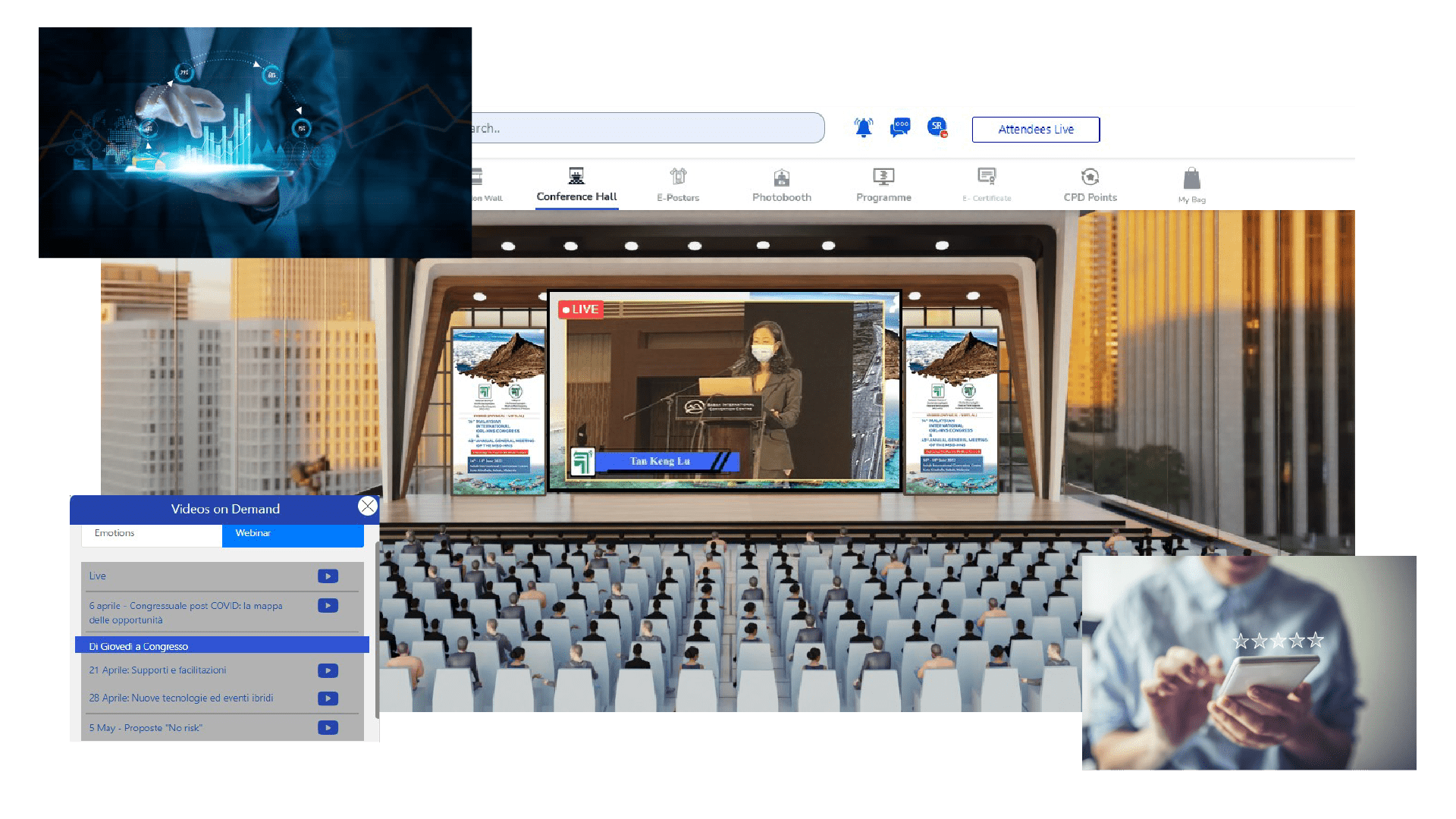
Keep the platform live for a few weeks or months (60-90 days) after the exhibition is over. If your event was successful and served the intended purpose, attendees will definitely want to revisit the most popular content, come back to forge new deals with exhibitors, or want to be back on the negotiation table to rework the deals.
Keeping the platform live also gives a second chance to those who wanted to attend the event but couldn’t. Moreover,the bits and clips of the exhibition might pique the curiosity of some new visitors.
In addition to that, send follow-up emails to the attendees with curated content from the event. Reach out to exhibitors and sponsors to understand their experiences. This helps in forging a strong long-term relationship with all the parties involved. So, next time you’re going big with your event, you already have a community to rely on.
Hosting virtual exhibitions instead of in-person events yields more perks in terms of wider reach, maximized ROI, greater leads, increased attendee population, and better participation and engagement rate. Owing to their cost-effectiveness and high-tech engaging experiences, the popularity of virtual exhibitions will continue to grow and develop in response to the advancing technologies. All we need is the right planning and strategy to seamlessly execute such scalable events.

Built for modern marketing teams, Samaaro’s AI-powered event-tech platform helps you run events more efficiently, reduce manual work, engage attendees, capture qualified leads and gain real-time visibility into your events’ performance.
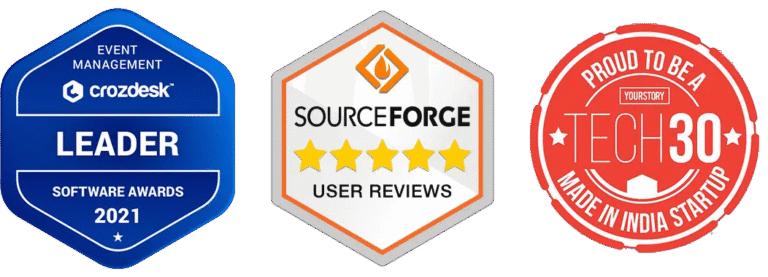
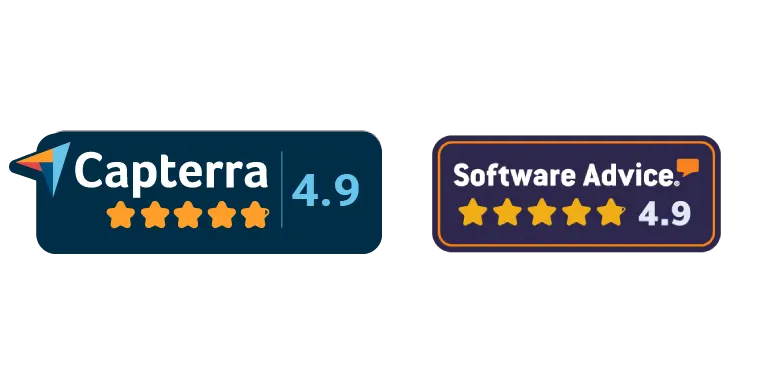
© 2025 — Samaaro. All Rights Reserved.